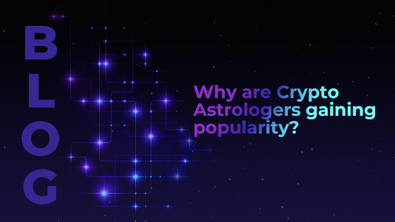
“We are creating a great divide amongst the world’s children – the connected and the unconnected.”
Qualcomm is a wireless technology company, headquartered in San Diego. It develops semiconductors, services and software to enable wireless connectivity around the world, and owns patents that are crucial to important technologies including 5G.
Elliott Levine (Director Worldwide Education at Qualcomm) is tasked with the critical role of minimising the digital divide in education – deploying Qualcomm tech to ensure that students around the world, including in under-served areas and demographics, have access to digital learning opportunities.
As UNICEF’s remote learning readiness dashboard shows, some countries are currently much better equipped than others to provide high quality remote education within households and within schools. And as the world continues to move towards a technology-enabled existence, the young people who do have access to tech will have a huge advantage over those who don’t. The gap will widen.
We asked Levine about the key barriers to connectivity that Qualcomm is working to overcome, and how he hopes to narrow the digital divide for students in the future.
Could you share any key milestones that Qualcomm has reached over the last year or so?
“Qualcomm is enabling a world where everyone and everything can be intelligently connected. Our one technology roadmap allows us to efficiently scale the technologies that launched the mobile revolution – including advanced connectivity, high-performance, low-power compute, on-device intelligence and more – to the next generation of connected smart devices across industries. Innovations from Qualcomm and our family of Snapdragon platforms will help enable cloud-edge convergence, transform industries, accelerate the digital economy, and revolutionise how we experience the world, for the greater good.”
What are the main barriers to student connectivity that you want to overcome?
“In a time of accelerating hyperconnectivity, digital equity remains a global challenge, with nearly 40% of the world’s population lacking access to the internet. We are creating a great divide amongst the world’s children – the connected and the unconnected. Those who remain unconnected will be at a disadvantage when it comes to education, which will have major repercussions when it comes to their professional development, healthcare, and more.
“If students are to learn, both at school and at home, we cannot assume that internet access, or even electricity, will be readily available. Electricity, internet access, and public education should all be considered basic human rights. If we look at nations’ investments in technology for children, we still have a long way to go. Currently, worldwide, nations have acquired devices to have a universal penetration of fewer than 9% of the total population of K-12 children. Before the pandemic, we were below 6%. And across the Middle East, penetration is only at 1.5%.”
Could you share any examples of wireless tech changing educational outcomes, or changing lives, for specific students or groups of students?
“During the pandemic, we saw universal examples of the impact on connectivity and technology influencing teaching and learning. Among the nations which were able to make the necessary investments in devices and connectivity for students and teachers, the degree of ‘learning loss’ as a result of school closures was far less significant than in other nations where teaching and learning came to an abrupt stop.
“As students recover from learning loss during the pandemic, some school systems and nations are exploring technologies to help accelerate learning in meaningful ways. Among them is virtual or mixed reality. Studies have shown that learning through virtual simulations (vs. traditional classroom lecture) can deliver the same learning outcomes in a fraction of the time. These studies have demonstrated that the greatest opportunities for students to master new skills across the curriculum can be achieved through more innovative, immersive solutions.”
What did you gain from LEAP 2023?
“I was inspired by the many people with interest in education technology, but none more than the students that were able to attend my opening session. You could see their curiosity and desire to embrace technology to aid in their learning and their lives.
“I also enjoyed connecting with and meeting many individuals committed to advancing the learning landscape across the US and the world. It is through events like this we can highlight emerging technologies that we can bring about change for the good of everyone.”
Thanks to Elliott Levine at Qualcomm. Discover LEAP to learn more.








